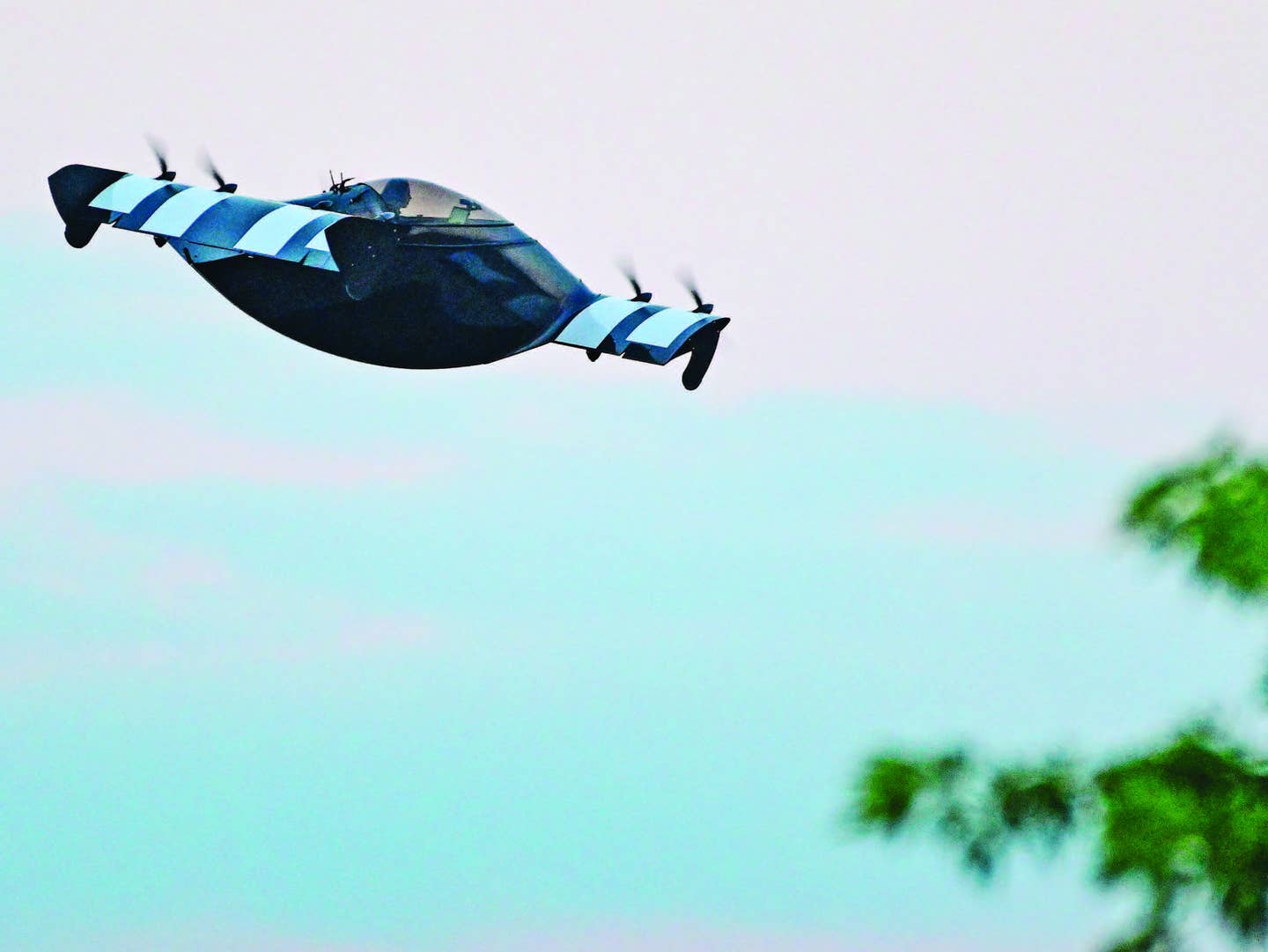
The safety of passengers and crewmembers is just as important as reinvigorating the industry itself. NeONBRAND/Unsplash
The Montreal-based International Civil Aviation Organization, the aviation arm of the United Nations, this week published a report as well as a number of recommendations about the COVID-19 virus to offer the world a few standardized guidelines to help get the industry back up and running.
ICAO said, “The COVID-19 report and guidelines were produced by the Council’s Aviation Recovery Task Force (CART). They were developed through broad-based consultations with countries and regional organizations, and with important advice from the World Health Organization and key aviation industry groups including the International Air Transport Association (IATA), Airports Council International (ACI World), the Civil Air Navigation Services Organization (CANSO), and the International Coordinating Council of Aerospace Industries Associations (ICCAIA).”
ICAO Secretary General Dr. Fang Liu said, ““Restoring public confidence in air travel has very broad benefits. This isn’t only about the operational and economic viability of the air transport sector, but of entire societies and regions having their economic livelihoods and stability restored.”
The CART report, “contains a detailed situational analysis and key principles supported by a series of recommendations focused around objectives for public health, aviation safety and security, and aviation economic recovery. This content is supplemented by the report’s special Takeoff: Guidance for Air Travel through the COVID-19 Public Health Crisis [that] includes guidelines for public health risk mitigation measures and four separate modules relating to airports, aircraft, crew, and air cargo.” Takeoff proposes a phased approach in line with recommendations and guidance from public health authorities to reduce the risk of transmission of the COVID-19 virus during the travel process.
The suggested measures include physical distancing to the extent feasible, wearing of facemasks by passengers and crew, routine sanitation and disinfection of all areas where people might gather, health screening which could include pre- and post-flight self-declarations, contact tracing for all passengers and employees and potential testing when reliable systems become available.

Sign-up for newsletters & special offers!
Get the latest FLYING stories & special offers delivered directly to your inbox






